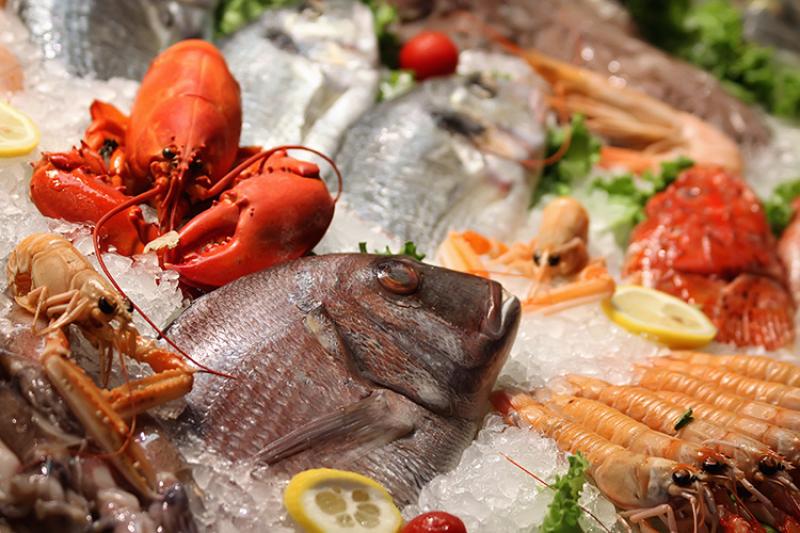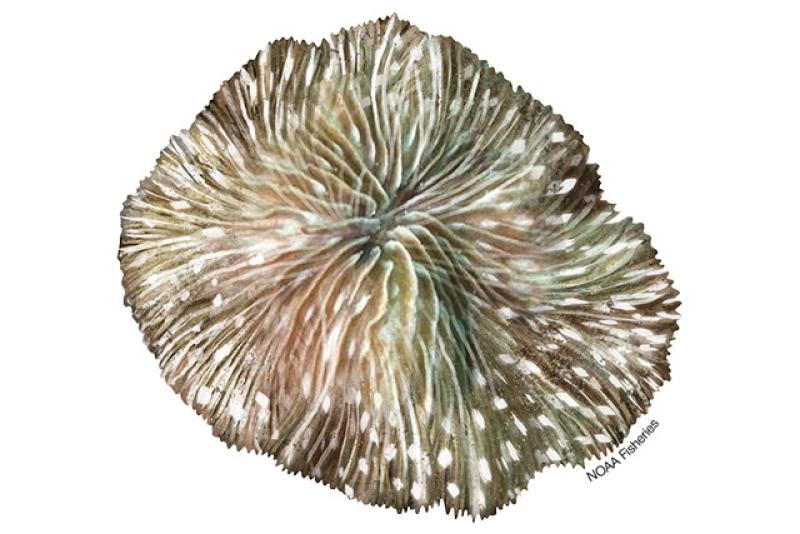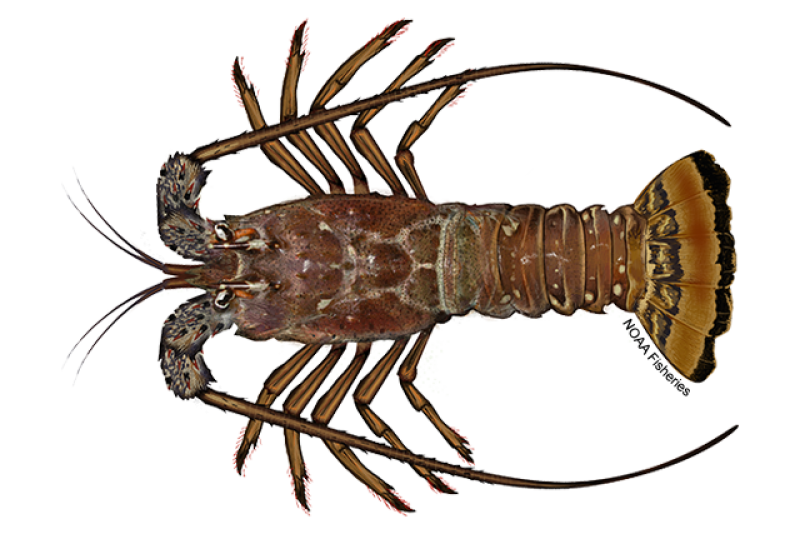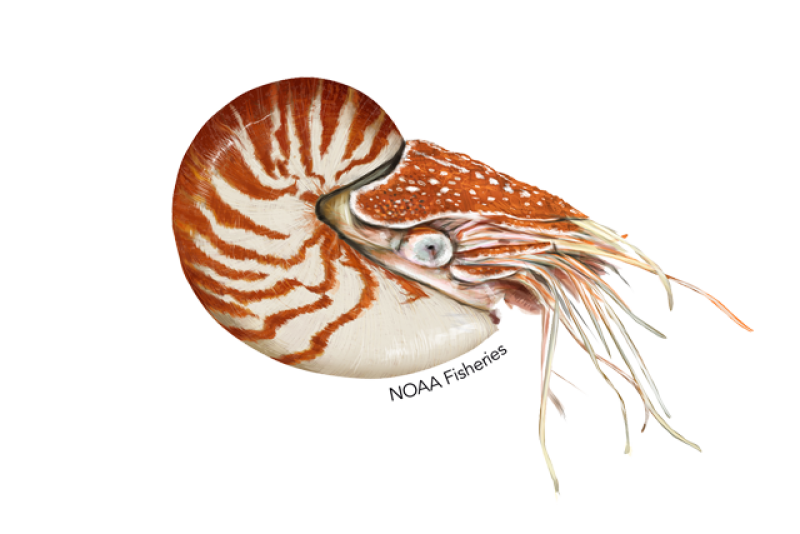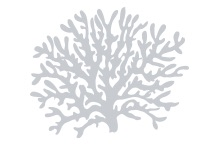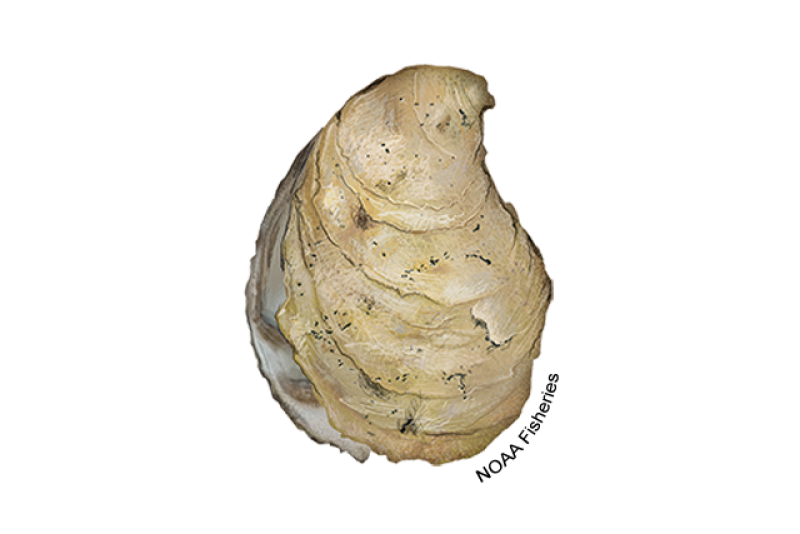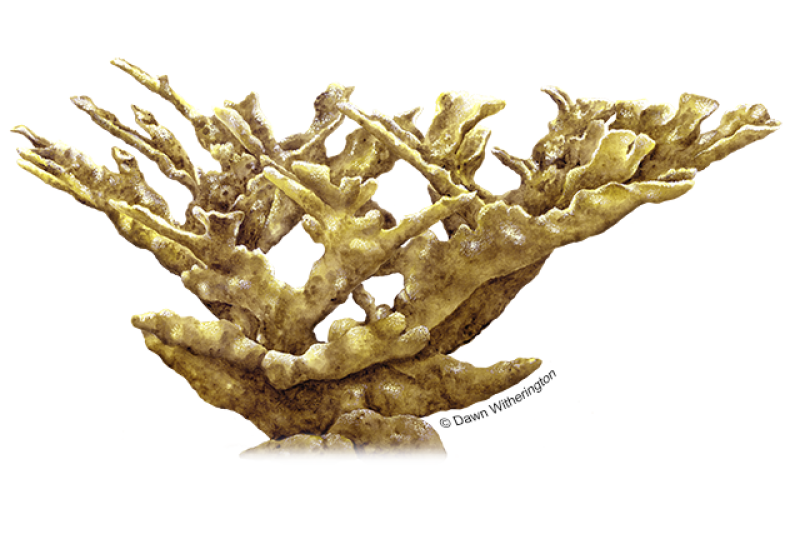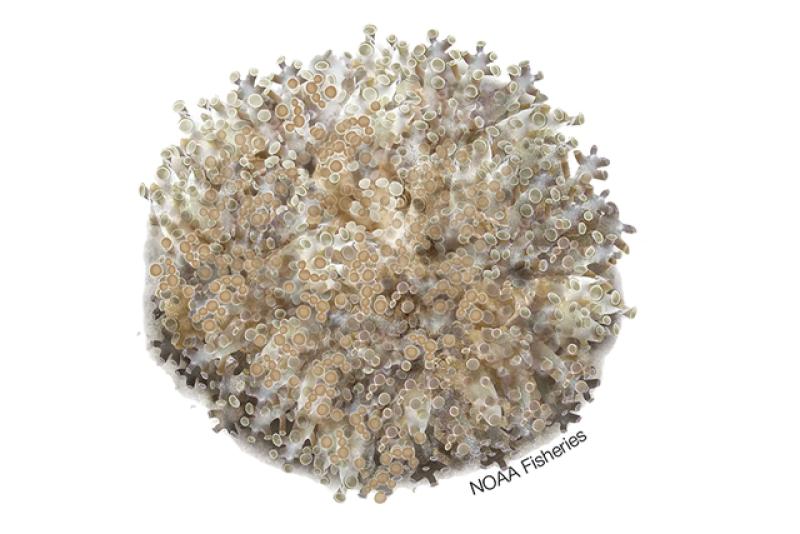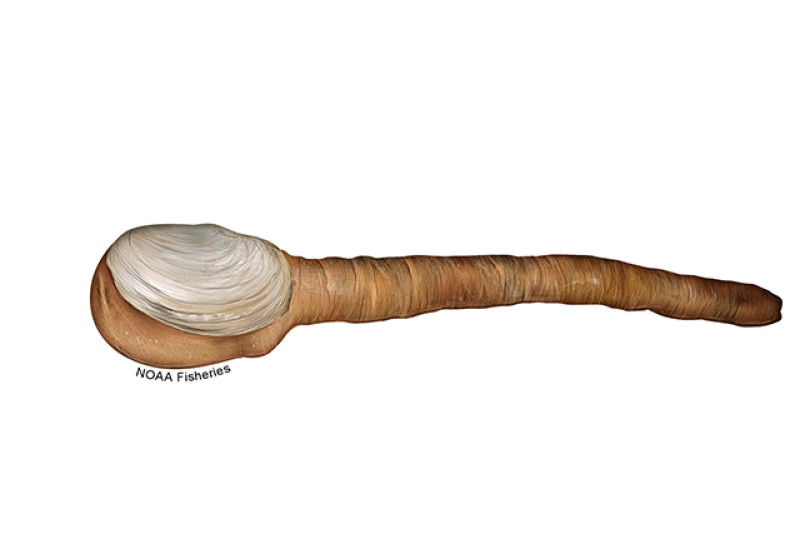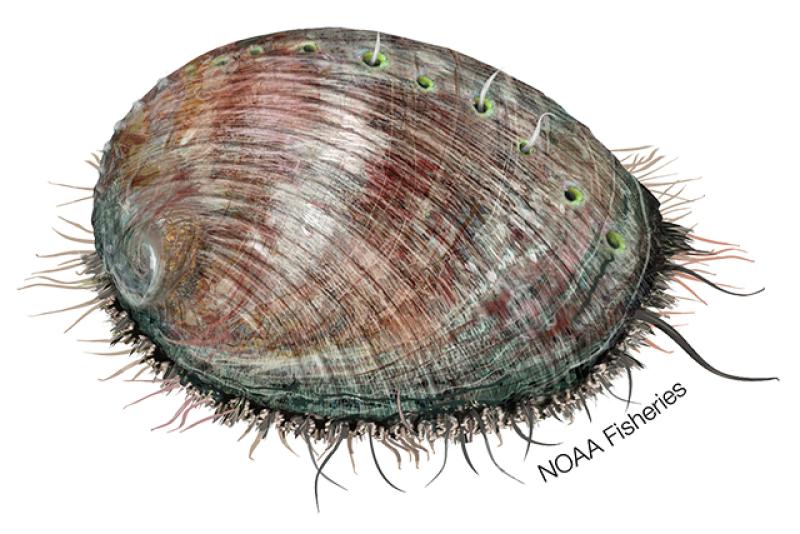From crabs to octopuses, clams to marine worms, invertebrates play a significant role in ocean ecosystems. Many are important prey for fish, marine mammals, and humans. Others, such as corals and oysters, create essential habitat for marine species.
NOAA Fisheries is responsible for the sustainable management of many species of invertebrates—including white shrimp, Alaska snow crab, and Quahog clam—commonly harvested for human consumption. We are also responsible for protecting invertebrate species listed under the Endangered Species Act such as white abalone and elkhorn coral.
Invertebrates are the most diverse group of animals in the ocean. Some common marine invertebrates include mollusks, crustaceans, and corals.
Mollusks are a category of invertebrates with over 50,000 known species. They are soft-bodied animals that may have a hard external shell (formed by secreting calcium carbonate), a hard internal shell, or no shell at all. Mollusks include abalone, conch, oysters, and clams, as well as octopus and squid.
Crustaceans are a subcategory of invertebrates closely related to insects and spiders. They typically have a body covered with a hard shell or crust. Crustaceans include shrimp, krill, lobsters, and crabs.
Corals are known as colonial organisms because many individual creatures live and grow while connected to each other. The tiny, individual organisms that make up large coral colonies are called coral polyps. Stony, shallow-water corals—the kind that build reef habitat—are one type of coral. There are also soft corals and deep sea corals that live in dark, cold waters.
Species News
 A NOAA diver surveys a coral reef. Credit: National Park Service/Rob Waara
A NOAA diver surveys a coral reef. Credit: National Park Service/Rob Waara
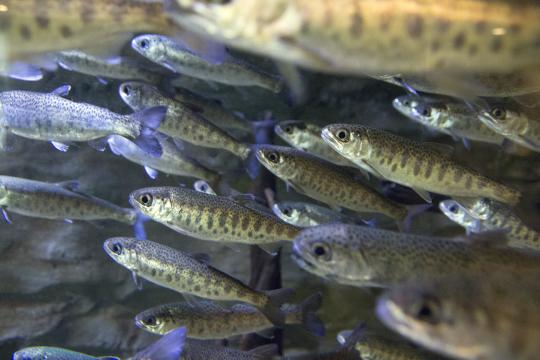 Juvenile coho salmon. Credit: iStock
Juvenile coho salmon. Credit: iStock
Multimedia

 Children fishing on a dock in Charleston, South Carolina. Credit: Jae Schmitz
Children fishing on a dock in Charleston, South Carolina. Credit: Jae Schmitz
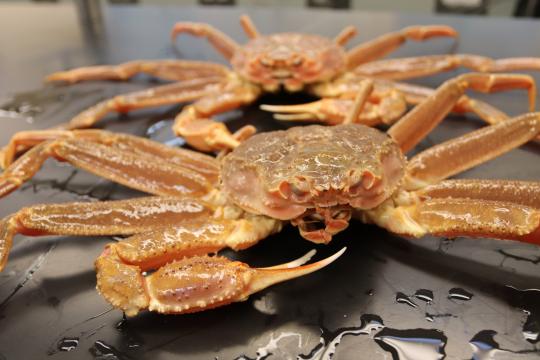 Bering Sea snow crab support a valuable commercial fishery. Photo: NOAA Fisheries.
Bering Sea snow crab support a valuable commercial fishery. Photo: NOAA Fisheries.
Research
Habitat Ecology Branch
Who We AreThe Habitat Ecology Branch is a unit of the Population and Ecosystems Monitoring Division within the Southeast Fisheries Science Center. Our scientists have expertise in researching diverse coastal and marine habitats including wetlands,…
Fishery-Independent Indices of Abundance in the Southeast Region
The Southeast Abundance of Fish and Shrimp (SEAFiSh) data visualizer provides access to relative abundance indices from data collected during fishery-independent surveys conducted in the southeastern U.S. Atlantic (South Atlantic) and Gulf of Mexico…
Frequent Questions: Ruth D. Gates Coral Innovation Grants
Find answers to frequent questions about the FY2024 Ruth D. Gates Coral Restoration Innovation Grants
Understanding Sustainable Seafood
Well-managed wild-capture fisheries and environmentally responsible marine aquaculture play an increasingly important role in our food supply, our health, and the environment.
